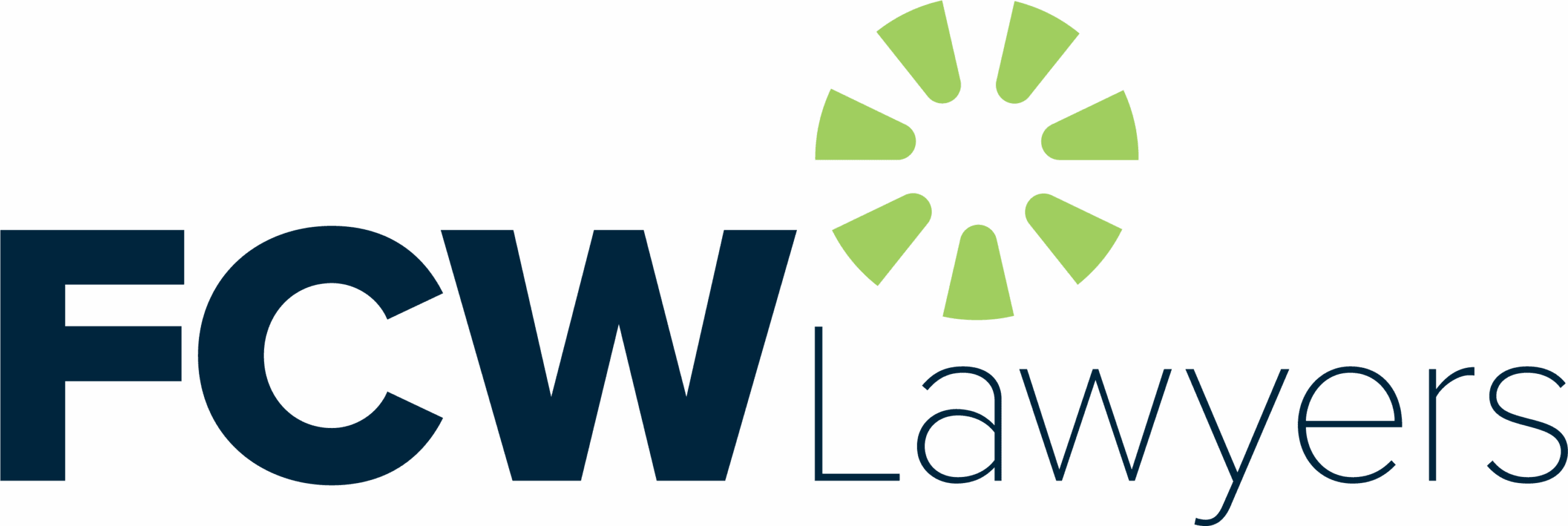Nearly all of the most common work-related psychosocial hazards are leadership-based, making investing in leadership the “most important” thing for employers to do in this area, a leading safety lawyer has advised ahead of Australia’s last jurisdiction to do so adopting targeted psychosocial regulations.
Employers should be prepared for “a lot” of regulatory action when the changes take effect, he warned.
As recently reported by OHS Alert, Victoria is close to finalising its new psychological health regulations, and will be the last Australian jurisdiction to change its safety laws to explicitly require employers to manage psychosocial risks through a risk management process.
The regulations are anticipated to take effect on 1 December and will be paired with a Compliance Code to help employers meet their duties under the changes.
A draft version of the regulations was released in February 2022.
FCW Lawyers managing principal Andrew Douglas, told OHS Alert on Friday that the new regulations will provide that employers have to do everything reasonably practicable to prevent psychosocial hazards from occurring in the workplace while the Code “sets out a minimum standard of compliance”.
It will herald a “massive change” for Victorian employers in how they stay compliant with their safety duties around psychosocial hazards, he said, noting Victoria already prosecutes more psychological-related offences than any other jurisdiction.
Employers should expect “quite a lot of action” from WorkSafe Victoria’s psychosocial safety inspectors, Douglas said.
They will be seeking evidence that employers know where psychosocial risks are occurring within their organisations, and that there are prevention plans in place around each of those hazards, he said.
“Of course, there is one difference in Victoria to everywhere else in Australia, and that is there [will be] reportable matters which are aggression, violence, sexual harassment, and bullying, which must be reported every six months, along with a prevention plan that demonstrates how [they]will be eliminated in the future.”
Douglas said employers should be acting now to prepare for the changes, by collecting existing data from exit interviews, performance management reports, incident reports and absentee reports to identify where hazards exist so prevention strategies can be developed.
He stressed that as 10 of the 14 common psychosocial hazards listed in the national model WHS Code of Practice, Managing psychosocial hazards at work, are driven by or controllable through leadership, the most important thing employers should be doing is “without a doubt” investing in leadership.
These leadership-based hazards include lack of role clarity, poor support, inadequate reward and recognition, and poor organisational justice.
“You must invest in leadership where people emulate what is good psychological behaviour, teach reflection, listening and organisational skills, and build accountability into [leaders’] job descriptions for managing psychological hazards.”
According to Douglas, WorkSafe’s psychological safety inspectors perform their work in a “very nuanced area” but without “a lot of nuance”,focusing on compliance and not on the complexity of psychosocial hazards.
Under the changes they will refer to the Code, guidelines and documents and press employers to prove they are compliant, he said.
“If you are not doing what is in the Code, they’ll say you’re in breach,” he warned.
“[The inspectors’] invariably come in where there have been complaints from workers where they haven’t had proper procedural fairness or they feel hurt by a manner in which they were managed.”
The “big warning” to employers from this is to “just follow the law and do the right thing and be generous to people and you won’t see” the inspectors. “That’s a good idea to start with.”
Originally published in the OHS Alert on Monday 10th March 2025.
Author:
Lu Sun
OHS Alert
www.ohsalert.com.au

